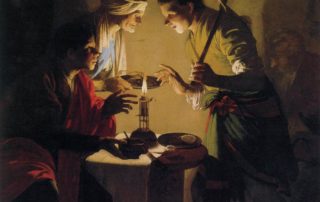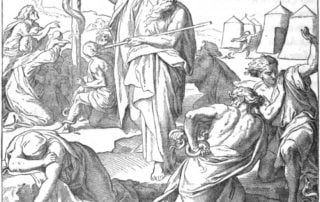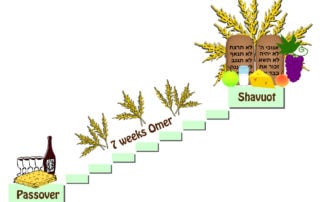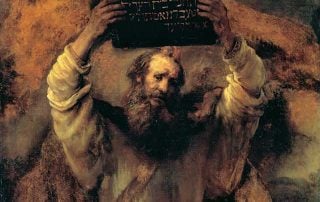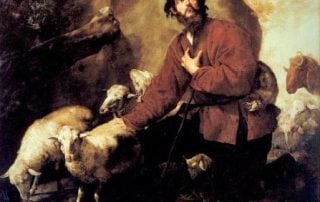Jacob and Esau—Thermodynamics of Order and Chaos
And these are the chronicles of Isaac… (Genesis 25:19) So Esau went unto Ishmael, and took unto the wives that he had Mahalath the daughter of Ishmael Abraham’s son, the sister of Nebaioth, to be his wife. (Genesis 28:9) This Torah portion is called Toledot. In Hebrew, toledot means “generations” or “chronicles.” Indeed, this Torah portion starts with the phrase, “These are the chronicles of Isaac.” This is not the first or the last time this word appears in Tanakh (the Hebrew Scriptures). It appears for the first time in the opening verse of chapter 2 of Genesis: These are the chronicles of the heaven and of the earth when they were created, in the day that the Eternal G‑d made earth and heaven. (Genesis 2:4) The second time it appears in [...]

